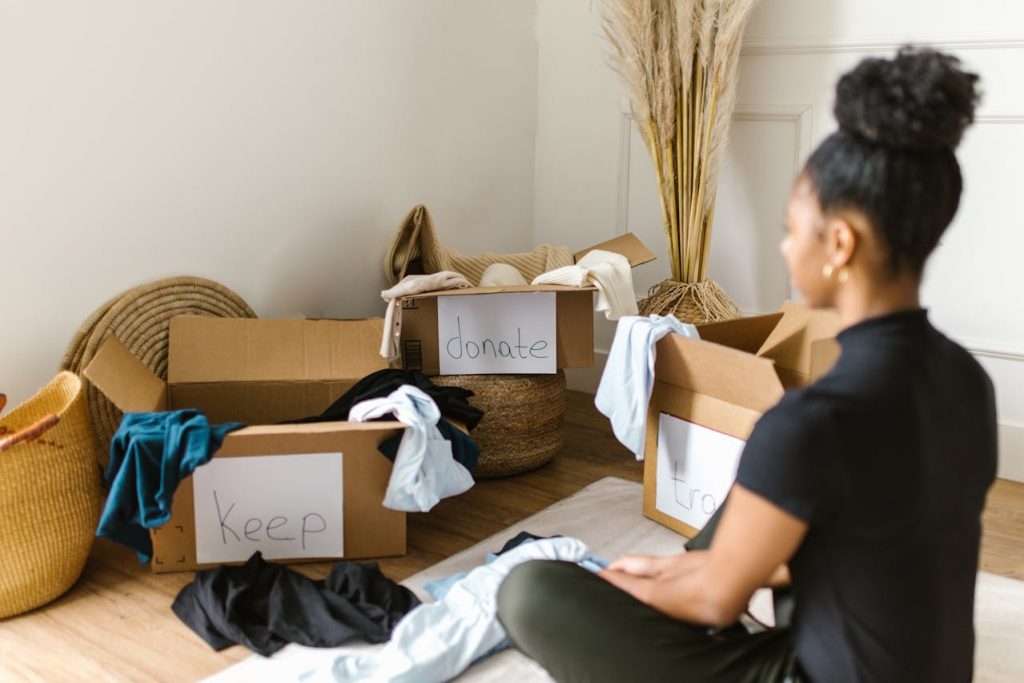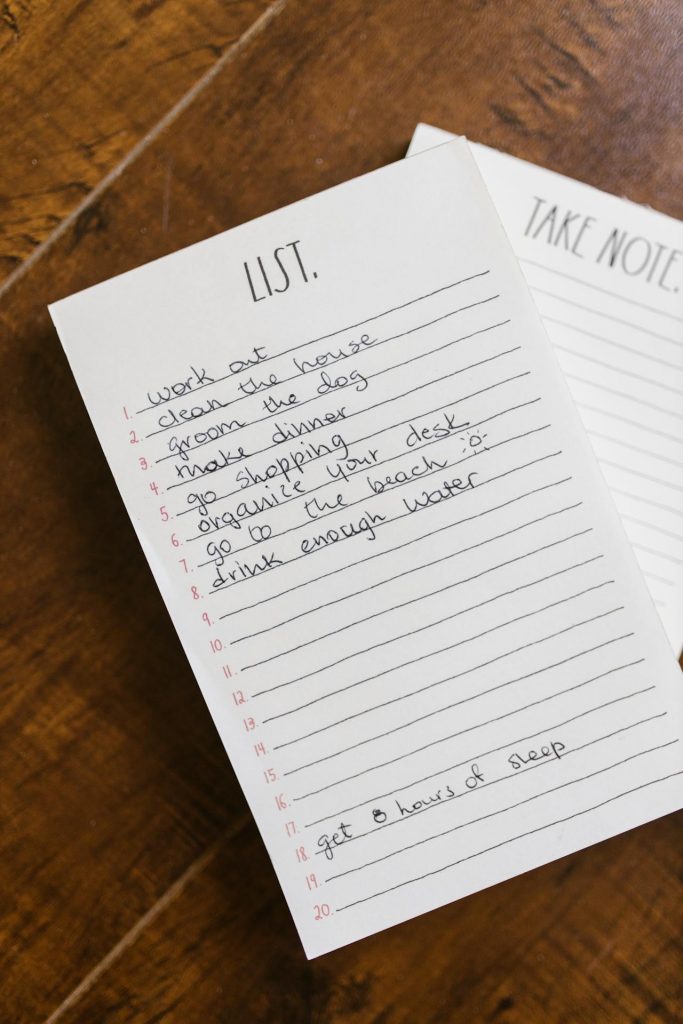In a world obsessed with viral shopping hauls and must-have product trends, a new wave of influencers is taking a stand—by telling us what not to buy. Shelina Jokhiya, Professional Organiser, Podcaster and Author -Decluttr Me tells us that deinfluencers are challenging the culture of overconsumption, urging people to rethink their purchases, and championing sustainability in the process. Instead of pushing endless new products, they promote mindful spending, quality over quantity, and eco-conscious choices. From calling out wasteful trends to encouraging secondhand shopping and ethical brands, deinfluencers are proving that influence doesn’t have to come at the cost of the planet. But how did they become the new sustainability champions, and why is their impact growing? Let’s dive in.

We’ve all seen the power of influencers grow significantly over the past decade, with brands producing more and more goods to satisfy an increased appetite for consumption. According to the 2024 Influencer Marketing Report released by Sprout Social, 49% of consumers make daily, weekly, or monthly purchases because of influencer posts, with 30%
trusting influencers more now than they did just six months ago. But slowly, we are starting to see a backlash, as people begin to question what impact incessant purchasing is having on our planet. Now there’s a new social media movement called deinfluencing, which aims to encourage better buying habits and reduce waste.

Essentially, deinfluencing is the opposite of traditional influencing. Rather than encouraging people to buy more, deinfluencers asks us to pause and question our purchases. It’s about challenging the constant push to keep up with trends, purchase the latest “must-haves,” or accumulate things we don’t truly need. The movement has gained traction as more people become aware of the environmental and financial costs of overconsumption. It’s rooted in a desire to live more intentionally,
prioritising quality over quantity and ensuring that purchases add real value to our lives. In a world dominated by social media, where influencers often showcase a picture-perfect lifestyle tied to consumerism, deinfluencing is a refreshing counter-narrative.
The connection between deinfluencing and decluttering
Deinfluencing and decluttering go hand in hand. Much of the clutter we struggle with comes from impulsive purchases driven by trends or recommendations. Whereas, deinfluencing encourages us to break that cycle by asking, “Do I really need this? Will it serve me long-term?” It can be overwhelming for people to stay organised and remove unwanted items once they’re there, but by buying less, we can prevent clutter before it even starts. Deinfluencing also prompts us to re-evaluate what we already own. It encourages us to keep only the things that truly serve a purpose or bring joy, letting go of items that don’t align with our values or needs. Together, these practices help us create a more intentional,
manageable home. As awareness of sustainability, mindfulness, and intentional living gain prominence, people are recognising that owning less and buying thoughtfully not only benefits the planet but also creates a more peaceful, organised lifestyle.

Looking ahead, we can expect to see more of a shift in this direction. Shows like Netflix’s ‘Buy Now! The Shopping Conspiracy’ are shedding light on the darker side of consumerism, from environmental impacts to the psychological toll of constant comparison. As awareness grows, we’re likely to see more people questioning their buying habits and pushing back against the “buy now, think later” culture.
If you want to take a more eco-friendly approach to purchasing try the following:
Buy one, get rid of two: For every new item you bring into your home, declutter two existing ones (preferably in the same category)
Adopt the ‘Pause and Prioritise’ method: Wait 48 hours before making any purchase. This cooling-off period allows you to assess whether it’s a true need or an impulsive want.
Focus on multi-functional items: Choose items that serve multiple purposes to reduce the overall number of possessions.

Shop your home first: Often, we already own items that can serve the same purpose as something new.
Curate your environment: Both digitally and physically. Follow creators and influencers who promote mindful living, and organise your home in a way that discourages unnecessary purchases.

The beauty of deinfluencing is that it doesn’t demand perfection. It’s not about never buying anything again—it’s about being more deliberate and mindful. Whether you’re trying to declutter your home or make more sustainable choices, it’s a mindset that allows you to focus on what truly matters to you.
This shift is as much about valuing yourself as it is about valuing the planet. By resisting the pressure to keep up with trends, you’re giving yourself the gift of a calmer, less cluttered life. It’s empowering to know that you can create a home that feels peaceful and functional
without being filled to the brim with unnecessary items.
